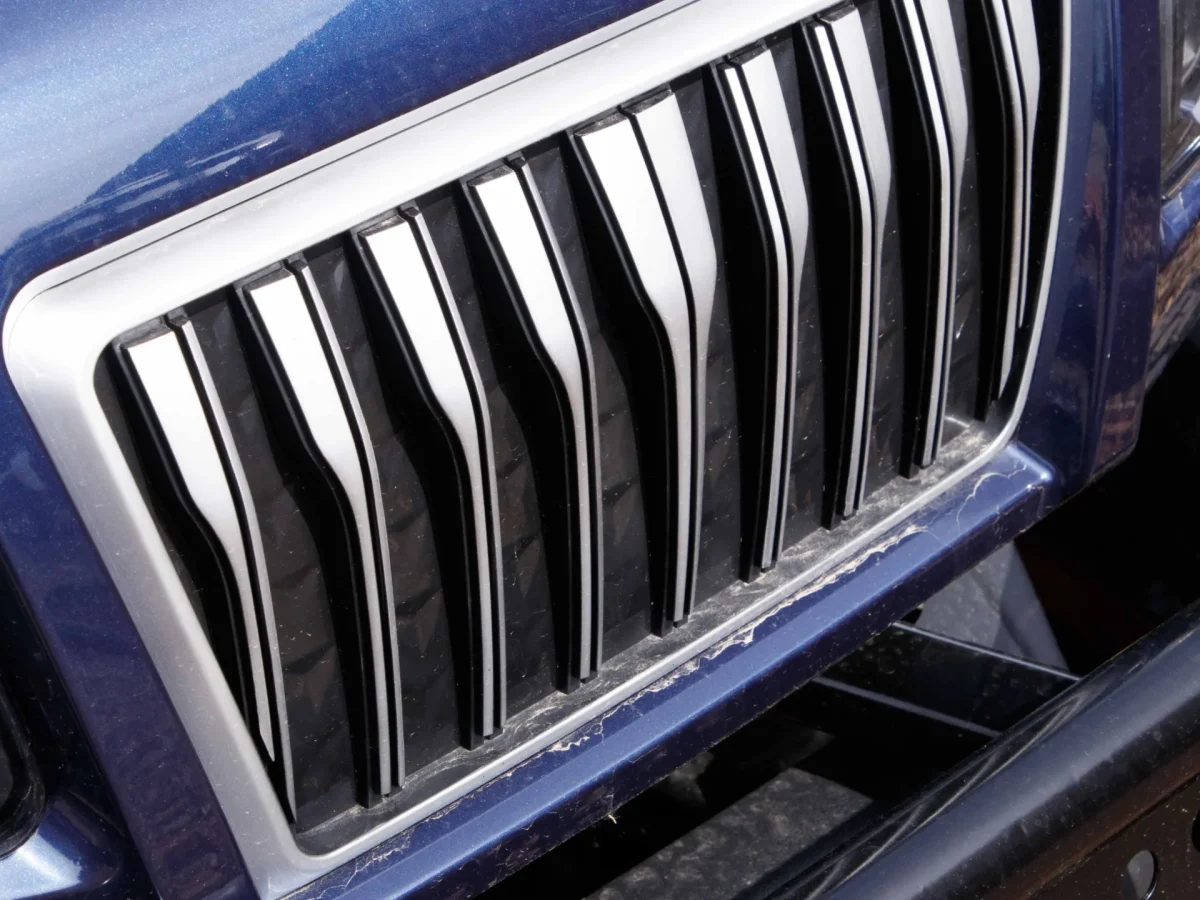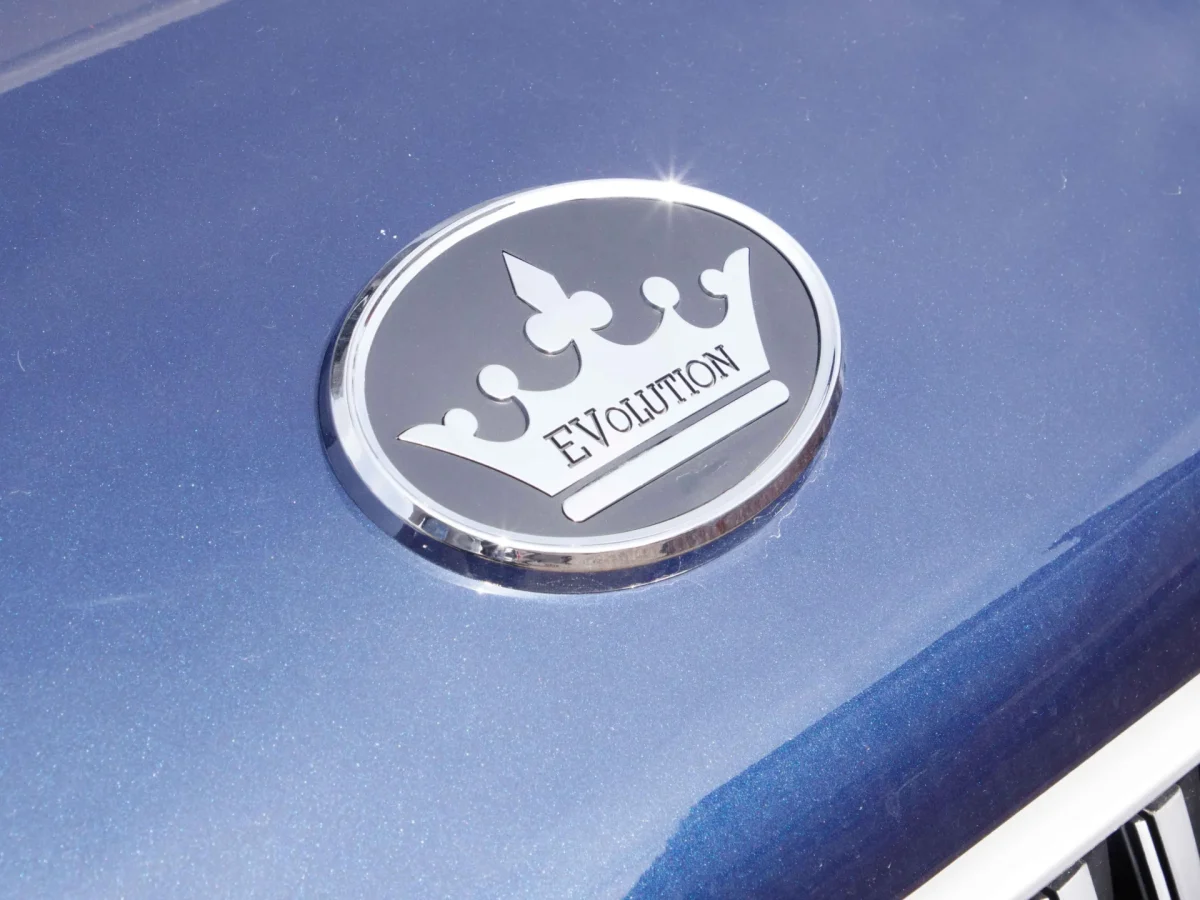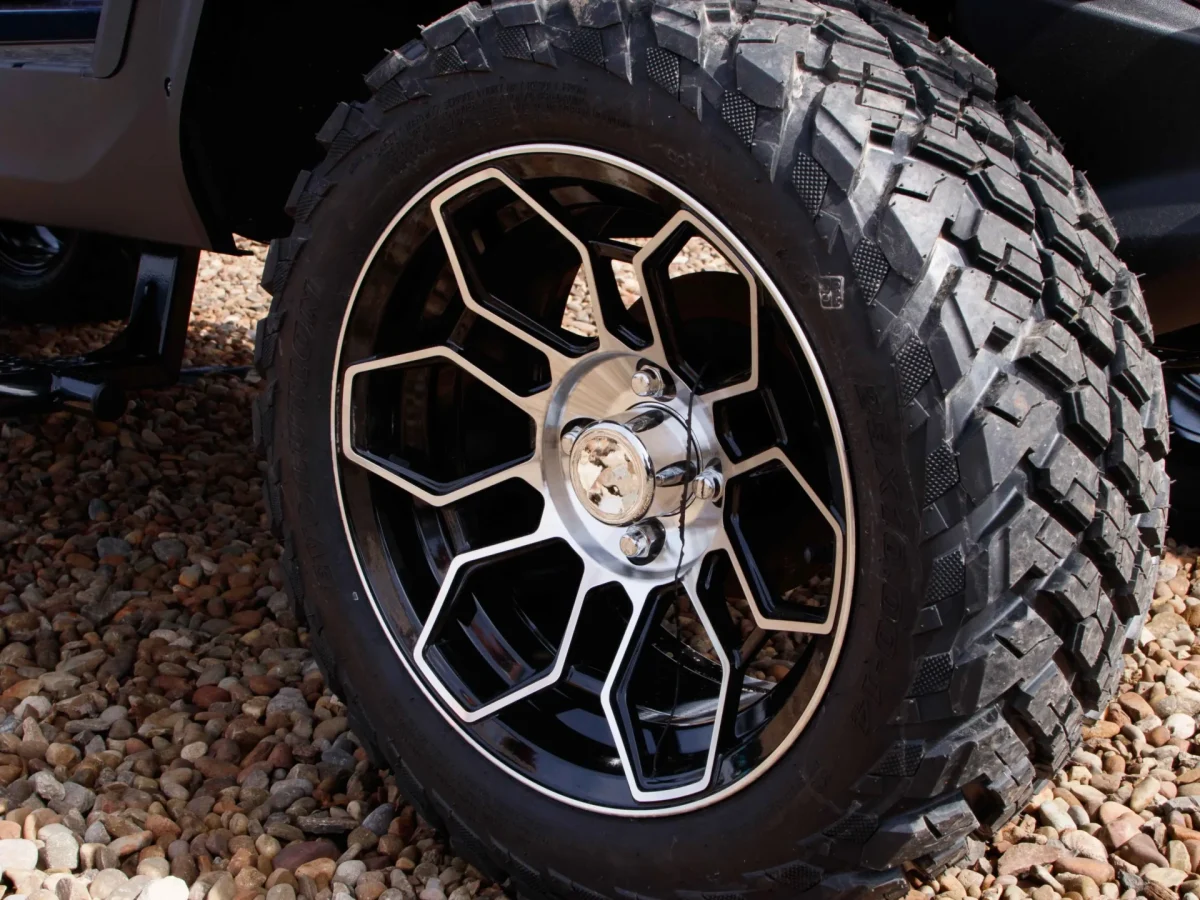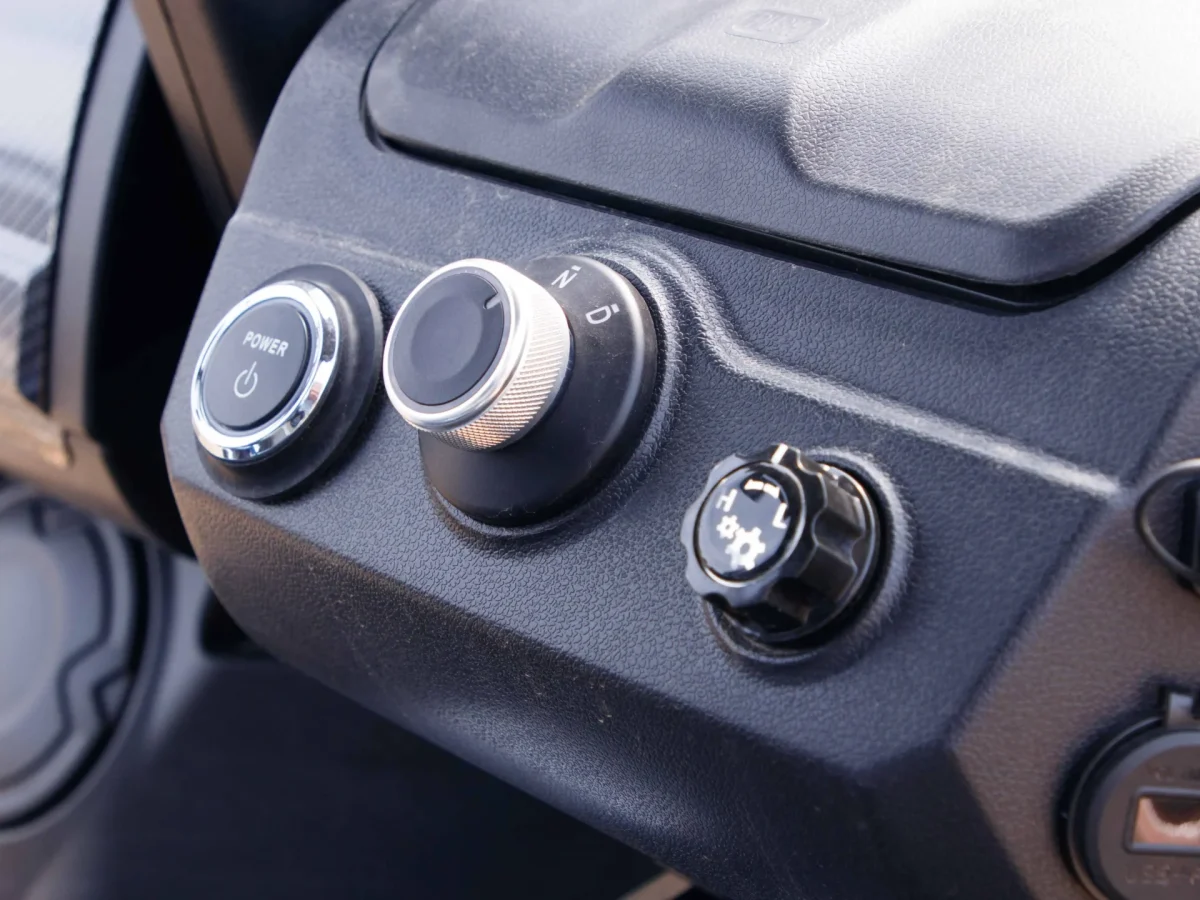For golf cart owners, one of the most important maintenance questions is: How long does it take to charge a golf cart? The answer depends on several key factors, including the battery type, voltage system, charger specifications, and the state of charge when plugging in. Understanding how these components affect charging time helps owners avoid battery damage, optimize usage, and extend their vehicle’s range between charges.

Battery Voltage and Capacity
The voltage and total capacity of your cart’s battery system are major factors in determining charge time. Most golf carts run on 36V or 48V systems, typically made up of 6V or 8V deep-cycle lead-acid or lithium batteries. A higher voltage system tends to provide more range and slightly shorter charging times, depending on the charger used.
For example, a 48V system equipped with lithium batteries may charge faster than a 36V lead-acid setup. But it’s not just about voltage—it’s about how depleted the battery is and what kind of charger you’re using.

How Long It Takes on Average
On average, a standard lead-acid battery system will take 6 to 8 hours to charge fully using a stock charger. If the batteries are deeply discharged, it could take 10 hours or longer. Meanwhile, lithium battery systems—especially those paired with a smart charger—can reach a full charge in just 3 to 5 hours.
If you’re topping off partially discharged batteries after a short drive, the process may take only 2 to 4 hours. Regularly recharging your cart after moderate use prevents deep discharges, which can shorten battery life.

Charger Type and Efficiency
The type of charger used can drastically alter how long it takes to recharge your golf cart. Older models often rely on manual chargers that lack modern features like automatic shutoff, smart diagnostics, or voltage regulation. These chargers usually take longer and may even damage the battery if not unplugged after a full charge.
Modern automatic chargers are much more efficient. They detect when the battery is full and switch to a maintenance or float mode, reducing overcharging risks. Many of them also adapt charging behavior based on battery temperature and age. Some advanced smart chargers come with digital displays or mobile connectivity, allowing users to monitor charging progress in real time.
Matching the charger to your specific battery type—be it flooded lead-acid, AGM, or lithium—is crucial. Lithium batteries, for instance, benefit most from chargers designed specifically for lithium chemistry. Failing to match the right charger can lead to extended charging times, battery imbalance, or even reduced battery life.
If you’re unsure what charger fits your golf cart system, consult your manufacturer’s guide or seek advice from an experienced golf cart dealer. Hartville Golf Carts offers guidance on finding the right cart, battery compatibility, and performance setups to maximize your ride’s efficiency.
Charger performance plays a big role in determining how long it takes to charge a golf cart. Older manual chargers tend to work more slowly and lack automatic shutoff, which can risk overcharging. Modern automatic chargers shut off when the battery reaches full capacity and often include smart monitoring features.
High-efficiency chargers can reduce charge time while also improving long-term battery performance. Investing in a charger that matches your battery type—whether lead-acid or lithium—ensures optimal results. At Hartville Golf Carts, we recommend chargers that include diagnostic indicators and temperature compensation for added safety.

Impact of Battery Age and Condition
Battery condition significantly affects charging time. Newer, well-maintained batteries charge faster and hold power longer than older or neglected ones. If your batteries are more than 4 years old or show signs of swelling, corrosion, or uneven voltage levels, they will take longer to charge and may not reach full capacity.
Routine maintenance—such as cleaning terminals, checking water levels (for lead-acid types), and equalizing charges—keeps batteries in peak condition and reduces charge time. Failing to maintain batteries can add hours to the charging process.

Tips to Charge More Efficiently
Owners looking to reduce downtime and extend battery life should build good charging habits into their routine. Recharging your cart after each use—even short rides—prevents the battery from entering a deep-discharge state. Deep discharges are among the leading causes of reduced battery lifespan and extended charge times.
Environmental factors also play a role. Charging a battery in a location that’s too hot or too cold can reduce charge efficiency. Ideally, your charger and cart should be placed in a climate-stable environment with adequate airflow. Dust and humidity should be minimized to avoid damaging sensitive electronics.
Another important step involves cable care. Loose or corroded terminals not only increase charging time but also pose a safety risk. Cleaning the connections monthly and inspecting for frayed cables or cracks in insulation helps avoid power loss during charging.
To further enhance charging efficiency, consider using a power meter or smart plug that monitors energy use. Some households with multiple carts even schedule charging during off-peak utility hours to reduce energy costs. Efficient charging practices not only preserve your battery but also reduce your long-term energy expenses.
To shorten the time it takes to charge a golf cart, there are several practical strategies:
- Always plug in your cart after each use instead of waiting for a full discharge
- Keep terminals clean and corrosion-free
- Store your cart and charger in a well-ventilated, temperature-stable location
- Use the correct charger for your system voltage and battery chemistry
- Avoid overcharging or repeated partial charges, which can reduce efficiency
Some advanced chargers even allow scheduling and charging profiles to adapt to your usage patterns. These options can further reduce unnecessary power consumption.

Charging During Off-Season or Storage
Long-term storage can be hard on golf cart batteries if not managed properly. Many owners overlook the importance of battery maintenance during winter or extended periods of inactivity. When batteries sit unused, they self-discharge gradually, and without periodic charging, this can lead to sulfation and permanent damage—particularly in lead-acid batteries.
Before storing the cart, fully clean the battery terminals and apply terminal protectant to guard against corrosion. Fully charge the batteries, then disconnect them or switch off the main breaker if your cart includes one. Lithium batteries tend to hold charge longer than lead-acid ones, but periodic checks are still advisable.
A smart charger with float mode or trickle function is the safest way to maintain charge levels during storage. These devices provide a small, consistent current that keeps the battery healthy without overcharging. If you don’t have a float charger, make it a habit to recharge the batteries every 2–3 weeks during the off-season.
Additionally, it’s worth reviewing your charger’s storage settings. Some smart chargers include winter or storage modes that maintain optimal voltage thresholds for long-term health. Check with your cart’s manual or charger manufacturer to activate these features.
Resources like Battery University provide further technical insight into maintaining batteries over months of inactivity, particularly for carts stored in cold climates or unheated garages.
Many cart owners store their vehicles during the winter or periods of inactivity. During storage, it’s important to keep the batteries charged without overcharging. Smart chargers with float or trickle modes keep the batteries topped off safely.
Before storage, fully charge the battery and unplug the charger once topped off unless using a charger with automatic shutoff. If possible, recharge the system every 2 to 3 weeks manually, or keep it connected to a float charger.
You can find more tips on long-term battery care and safety from sources like Battery University.

Conclusion
So, how long does it take to charge a golf cart? The answer ranges from 3 to 10 hours depending on battery type, age, and charger efficiency. By maintaining your batteries and using the right charging equipment, you can reduce wait time, extend range, and protect your investment.
For expert guidance on golf cart performance, maintenance tips, or help finding the right cart for your needs, visit Hartville Golf Carts. Our team proudly serves Ohio and beyond with trusted knowledge and top-tier service.













